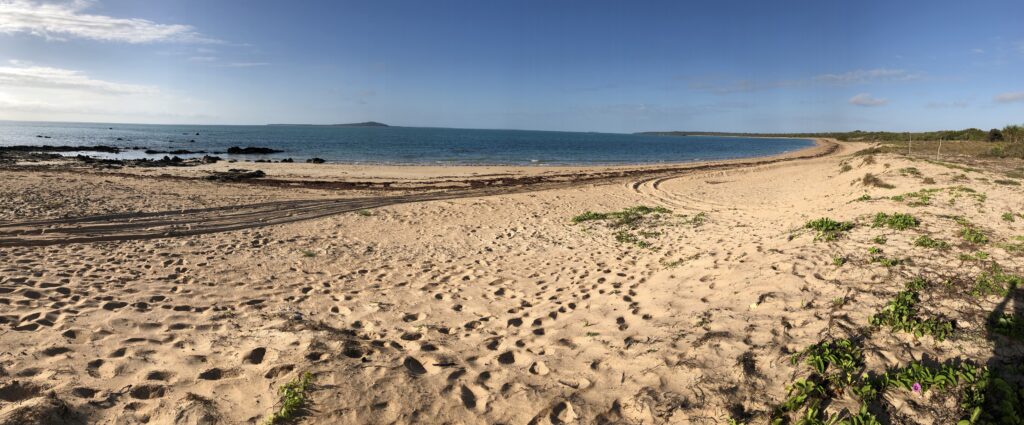
Today, Wukuṉ Waṉambi, Kade McDonald and I packed up two troop-carriers and headed towards Gäṉgan, a homeland community about 100 miles south-west of Yirrkala. Kade and I had been through Gäṉgaṉ a couple of months earlier to confirm with Yininala Gumana the selections of artworks from the Dhaḻwaŋu clan to be included in Maḏayin. On that trip, we had discussed with Yinimala returning to Gäṉgän in August so that he could dictate his essay, or “declaration,” for the catalogue.
Yinimala invited us to join him at Garrapara – the saltwater estate of the Dhaḻwaŋu clan where he was running an environmental knowledge camp for Yolŋu teens as part of his role with the Yirralka Rangers. The camp was finishing on the 14th, so Yinimala proposed that he could dictate his essay the following morning, sitting with the saltwater stretching behind him. We were joined for the trip by Wukuṉ’s brother, the artist Yalanba Waṉambi, Dr. Maia Nuku, Curator of Oceania at the Metropolitan Museum of Art, her son TeAonehe and publishers Jason and Luca Lavigne of the website Mamamia.
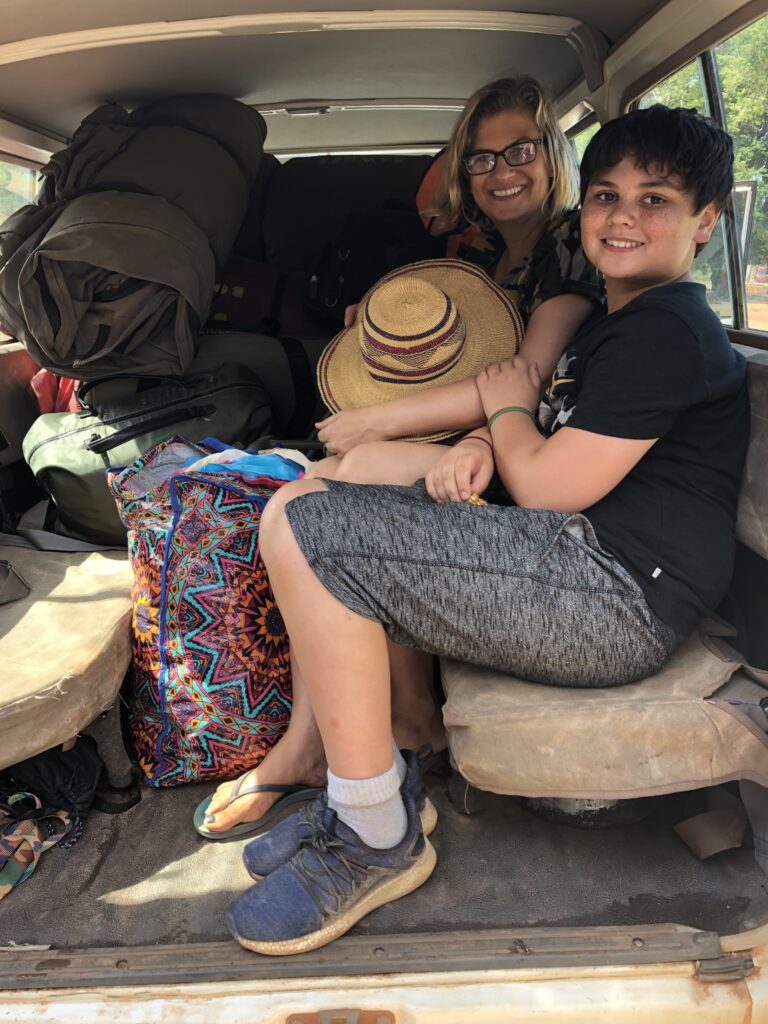
Arriving at Gäṉgaṉ, Wukuṉ told us to wait in the car, while he headed into one of the house with a packet of cigarettes and a couple of fifty dollar bills. A few minutes later, he was back, minus the cigarettes and cash, and we turned around and headed for Garrapara.
For the first part of the drive, we retraced our steps along the Central Arnhem Road, until Yalanba directed us to turn onto the most meagre of bush tracks. It was slightly harrowing driving into the wilderness in the dark, but Yalanba seemed to know the every twist and turn of the bush track. After about thirty minutes, I managed to get one wheel stuck in a ditch, at which point Wukuṉ decided he would drive. Wukuṉ has never liked my driving. With Wukuṉ at the wheel, we went a lot faster through the scrub, finally arriving at a large clearing. We were greeted by Yinimala, who was waiting for us with a pile of small, individual tents. He told us to follow him, and he led us to the beach where we would camp. He instructed us to park our 4WD’s on the ocean side, providing both a wind and crocodile barrier, and we quickly set to making camp.
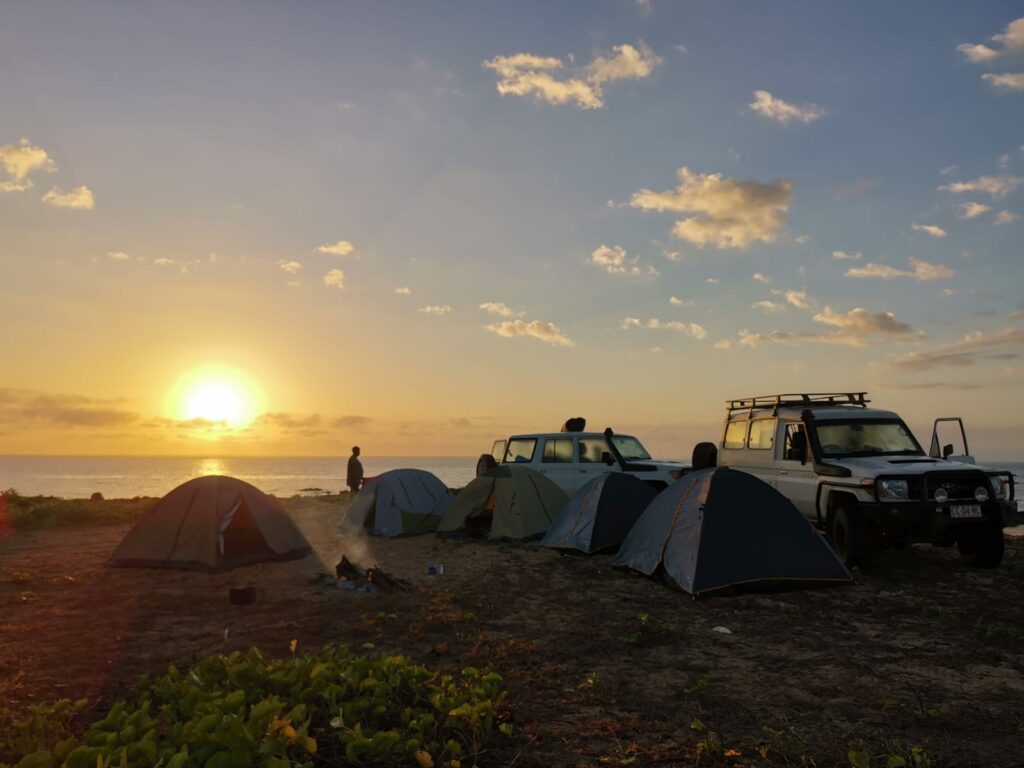
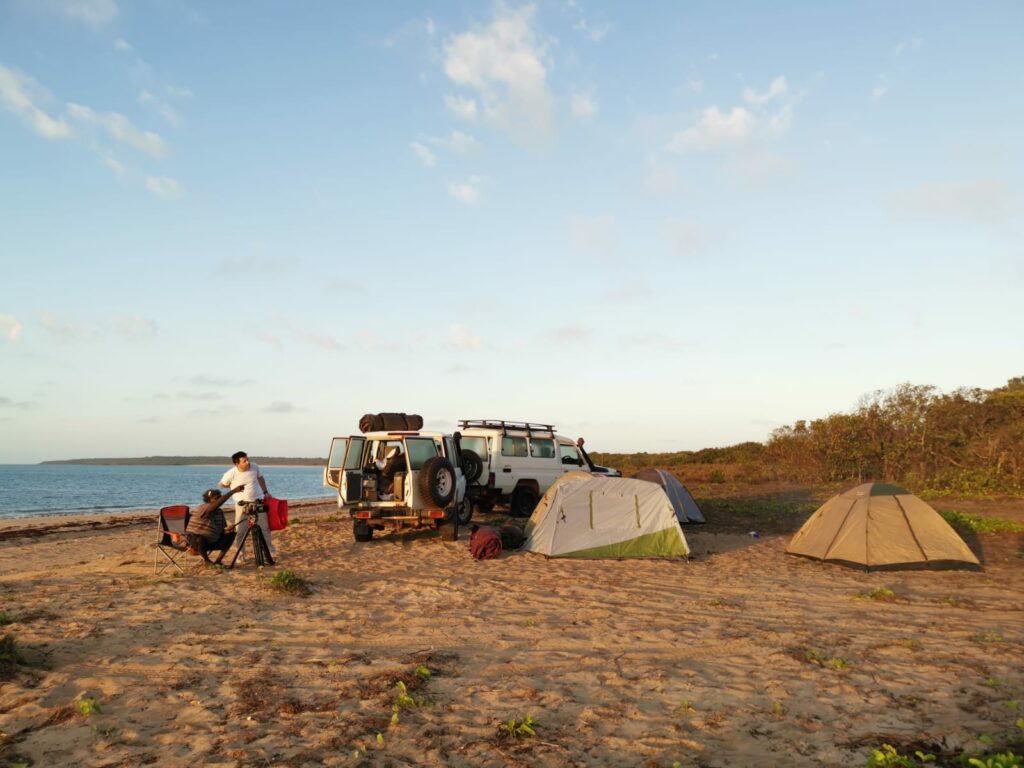
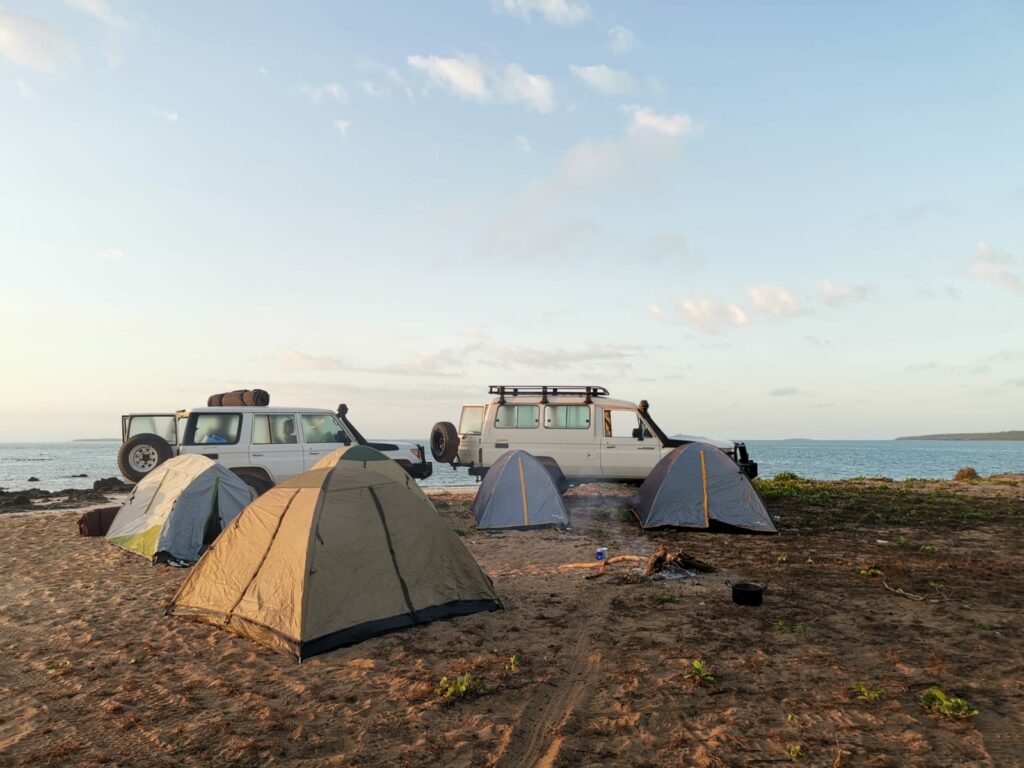
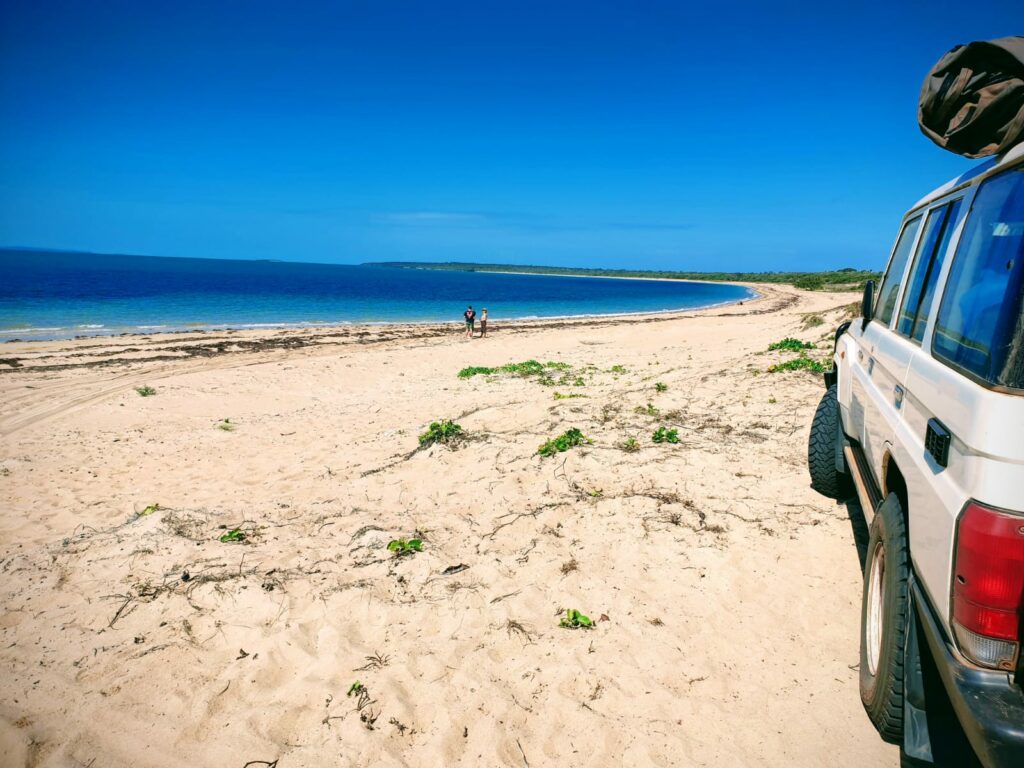
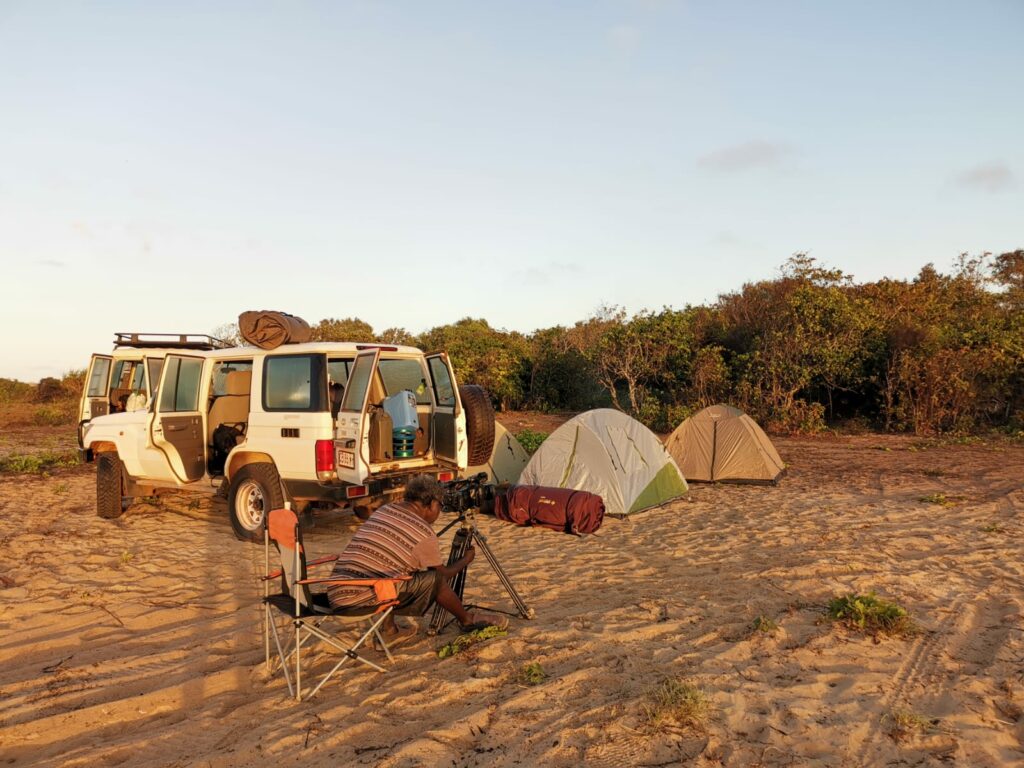
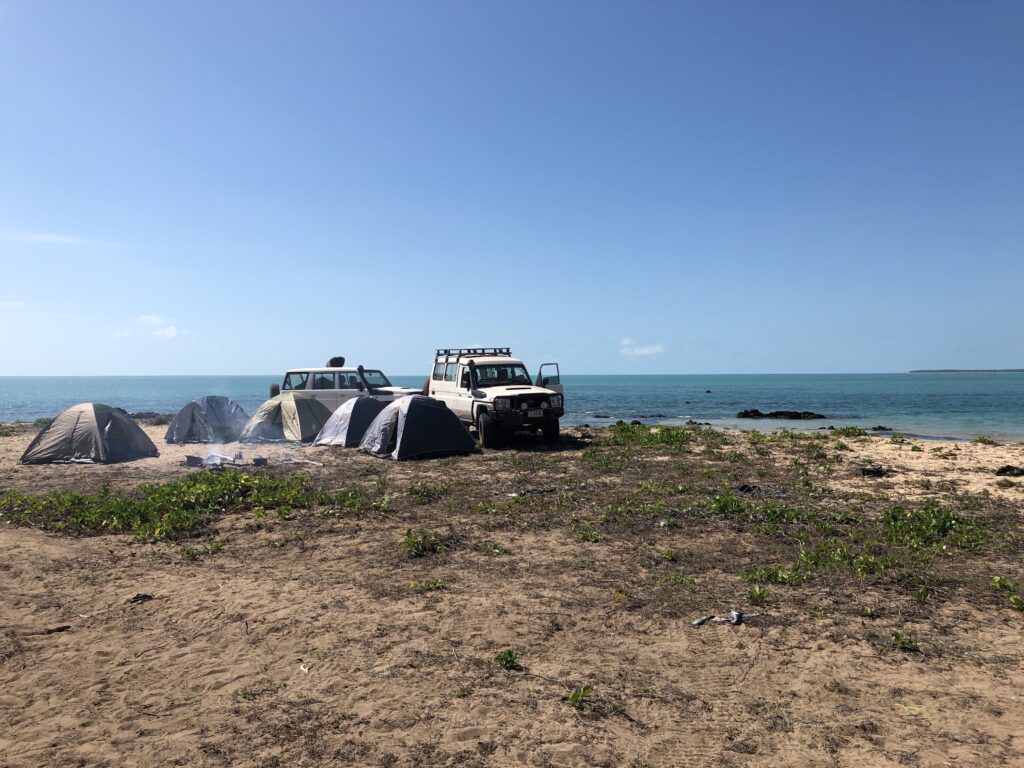
It is always great to see Yinimala–and he seemed genuinely pleased to see us too. With the camp finished, he seemed relaxed, and we sat for several hours by the fire drinking milky tea and catching up. It was late when he left our camp, but he told us he would be back early the next morning to make his declaration for the catalogue.
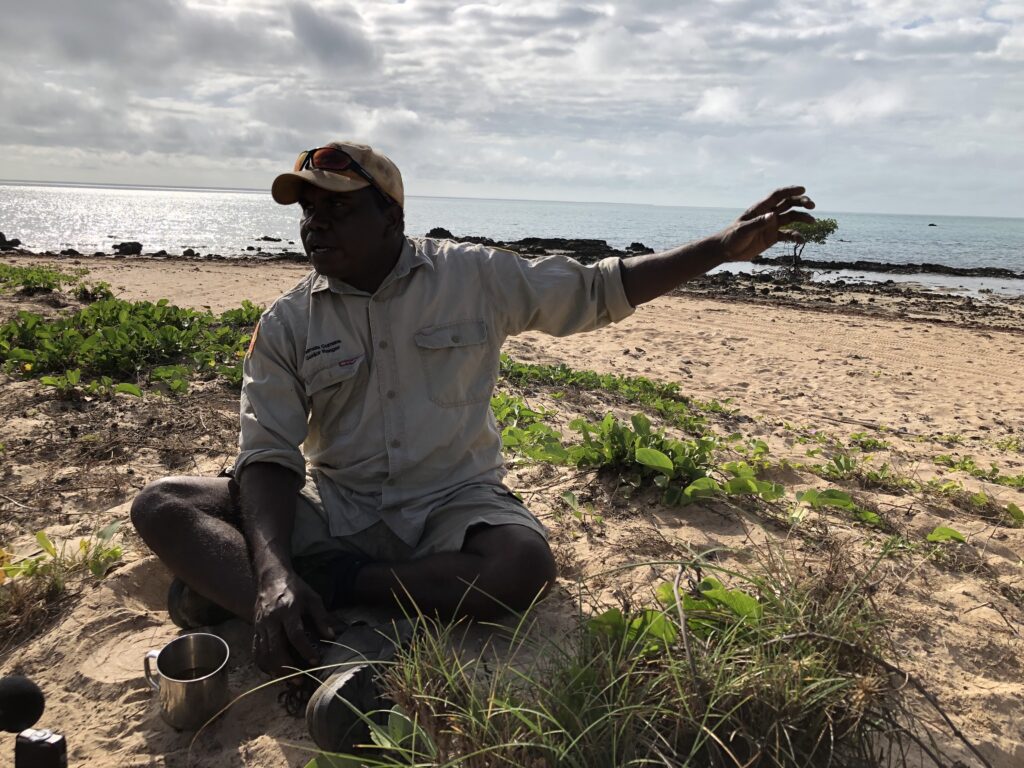
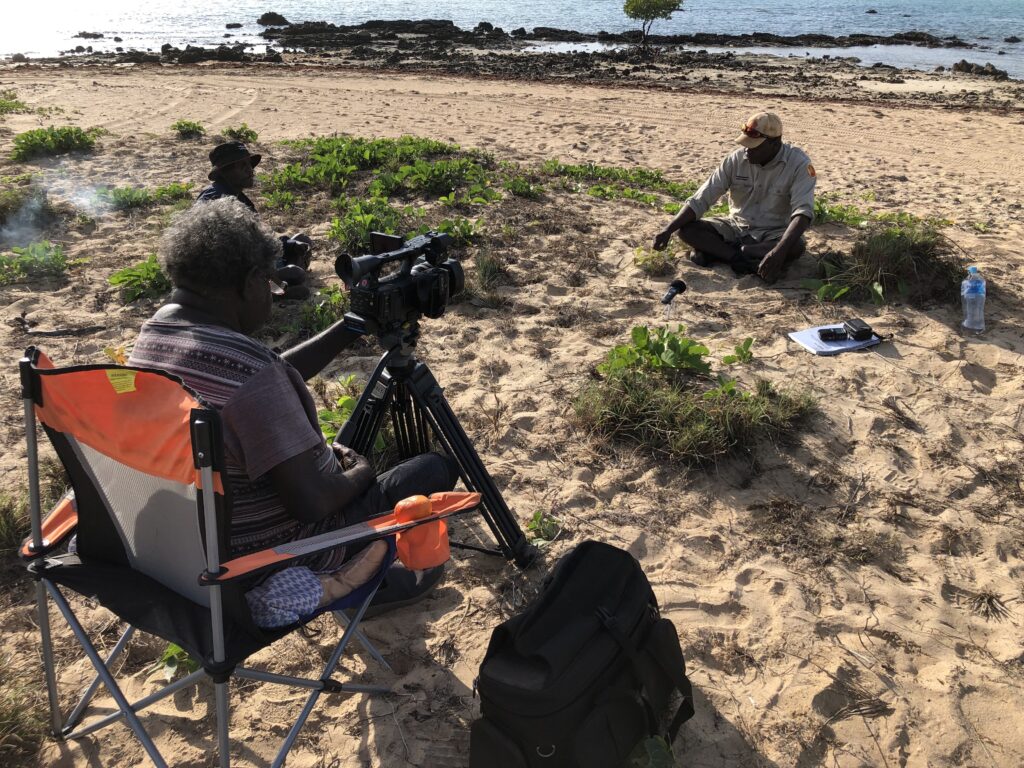
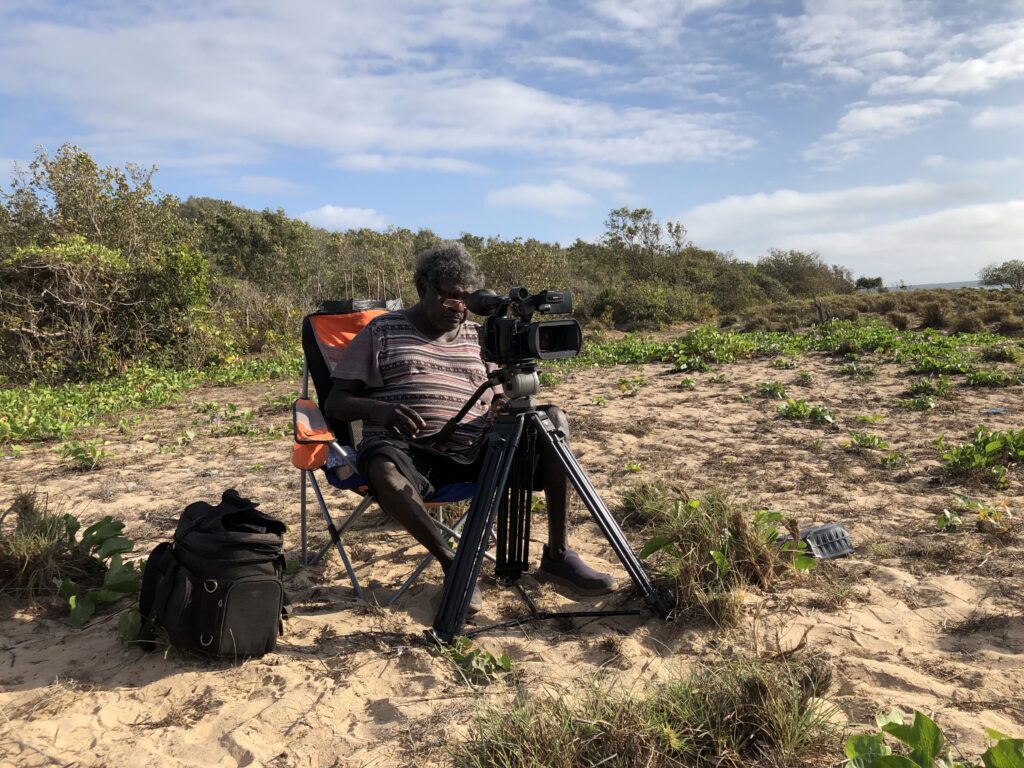
After breakfast the next morning, Yinimala returned. Wukuṉ had been scouting positions to film Yinimala, and settled on a spot. Settling down in the sand, Yinimala proceeded to deliver an extremely animated piece of oratory in Yolŋu Matha. I could make out odd words, but could not understand the content of what he was saying. I could tell, however, that it was being delivered confidence and conviction. For nearly an hour, Yinimala spoke while gesturing to the waters, bays and peninsulas around him His voice never faltered, so clear was the message he was trying to convey. His voice crescendoed in the rhythmic, songlike-mode of Yolŋu oratory. Even though I could not understand him, I knew he was delivering something of great power and significance. At the end, there was silence. Wukuṉ turned to me, and in a low whisper breathed, “manymak.”(Good). Everyone was in a state of stunned silence, when Yinimala replied with a grin, “Probably too complicated, but we can edit it down.”
With the business of the morning complete, we packed up camp while Yalanba fished from the beach with a handline. Soon, he had caught a beautiful yambirrku’ (Choerodon cyanodus, blue parrot fish). His brother Yilpirr set up a fire in the shade and proceeded to cook the fish, while we were told to head to the main camp where a shelter had been set up in front of a clearing. We were told that an impromptu buŋgul was about to occur, a special treat to celebrate the end of the camp and our arrival. Led by Yinimala, a group of a dozen rangers marched towards the clearing singing manikay (ceremonial song).

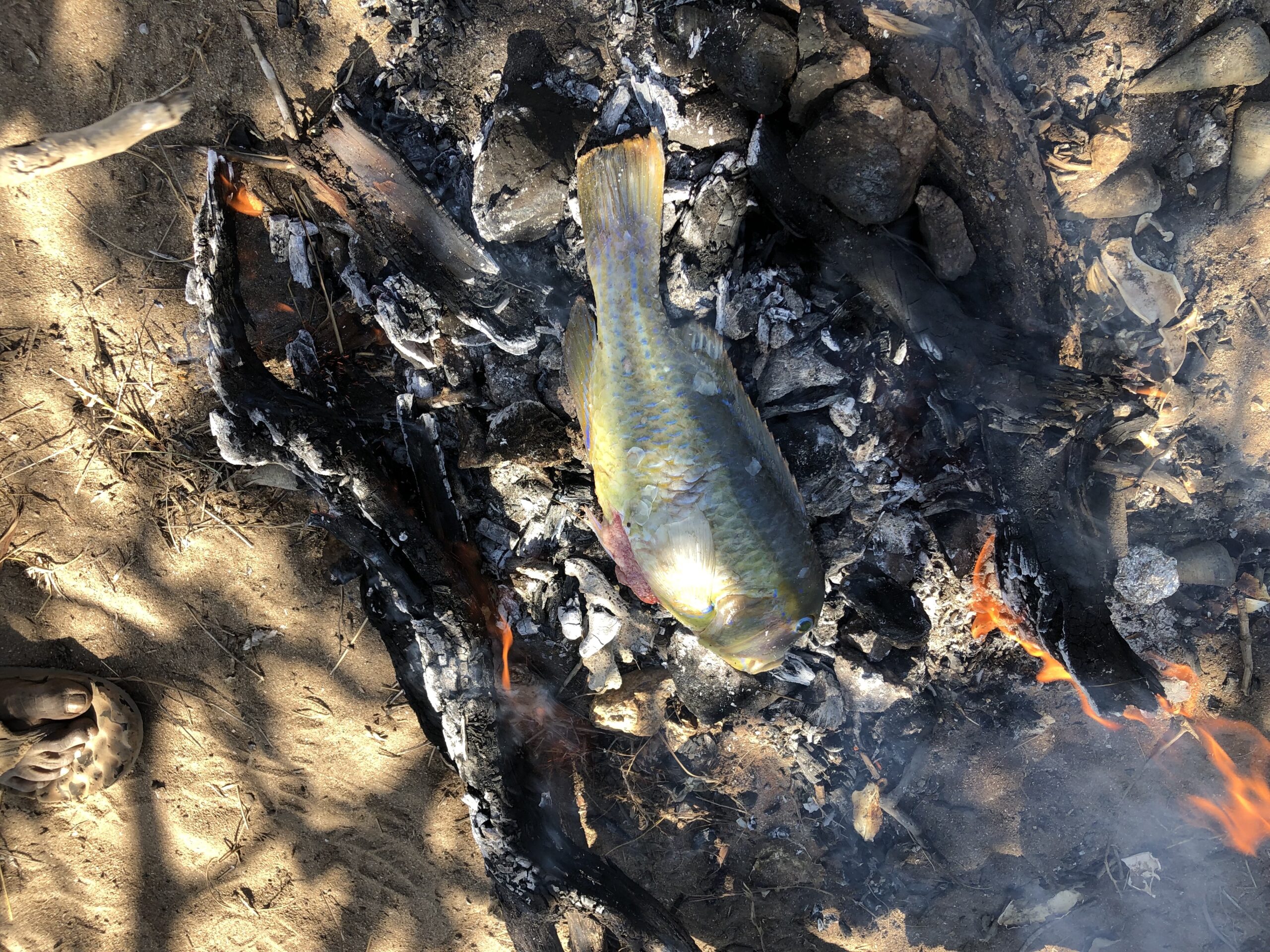
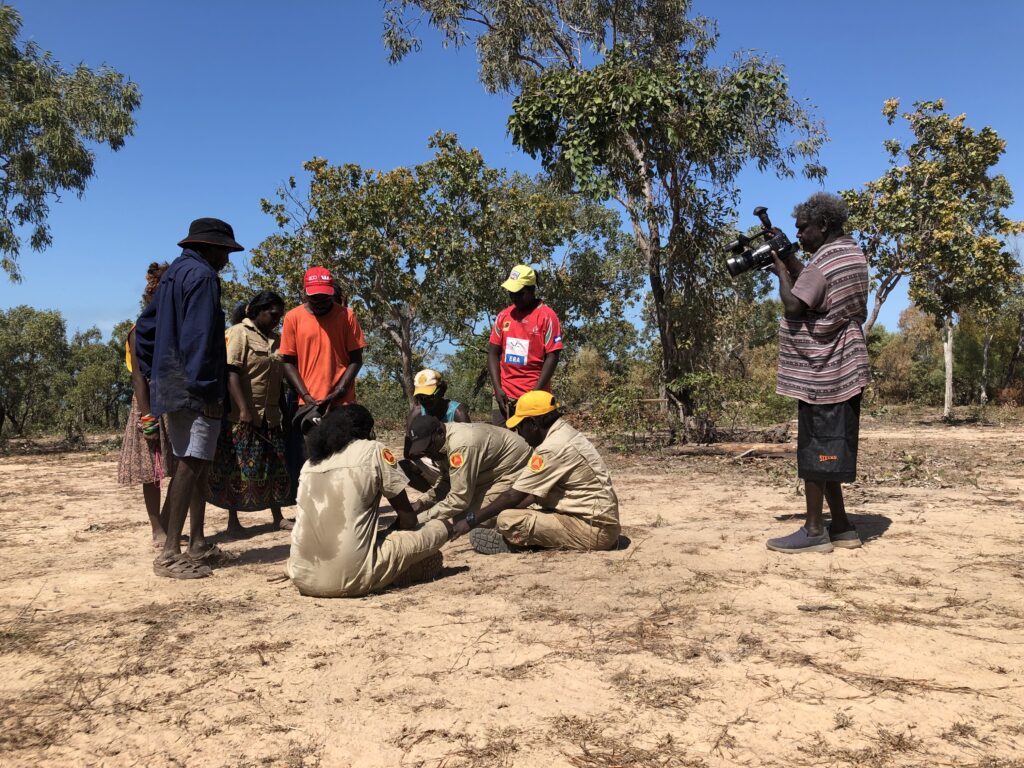
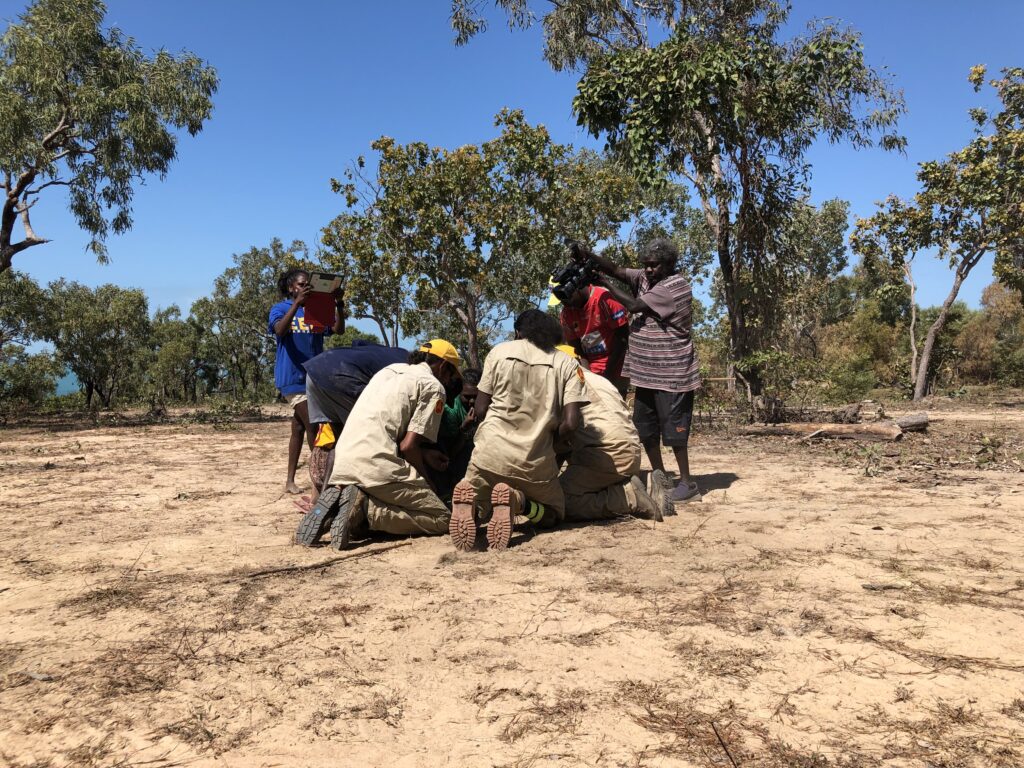
After leading the group to the clearing, Yinimala sat with us under the shade, where he and a small group of older men directed the dancers through a cycle of songs, culminating in one relating to the Yiŋapuŋapu, in which the participants gathered together in a tight group to eat the yambirrku’, before lying on the ground and mimicking the movement of maggots feasting on the bones of the fish. Being at Garrapara; hearing Yinimala passionately orate the stories of this place; hearing them sung and watching them be danced on these sacred lands of the Dhaḻwaŋu clan as the sea gently roared in the background brought into perspective all the majesty and depth hidden in the zig-zag designs of so many legendary Dhalwaŋu painters. With the buŋgul complete, we said our goodbyes and headed on to Bäniyala.